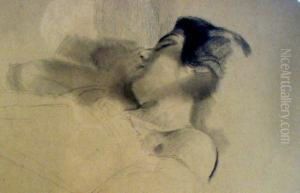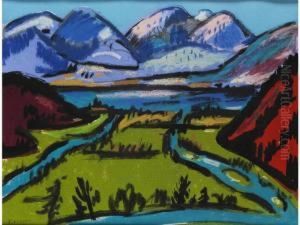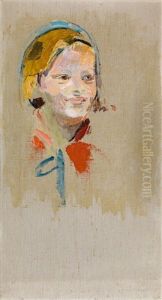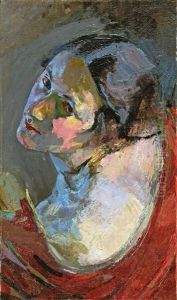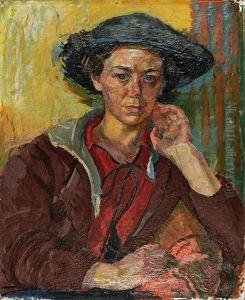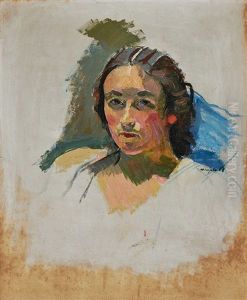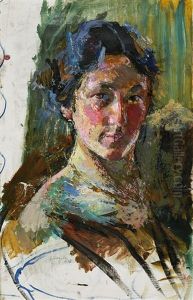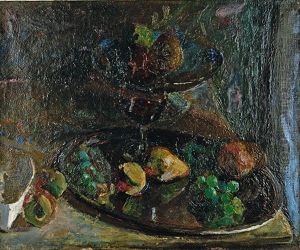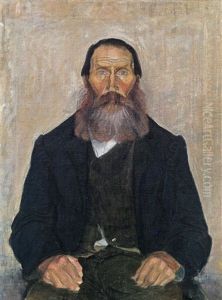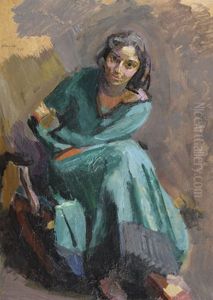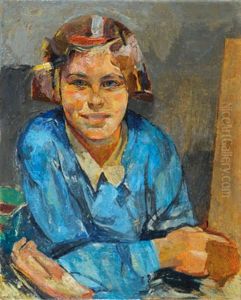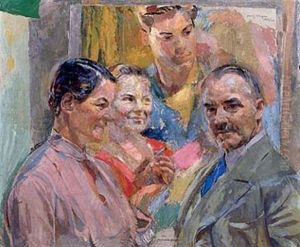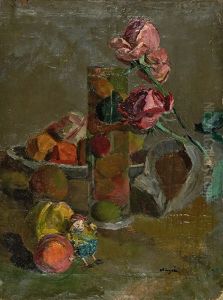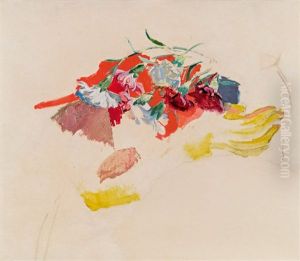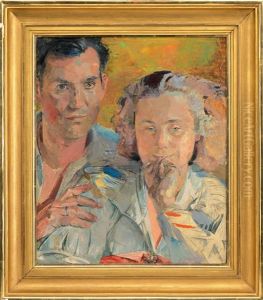Franz Wiegele Paintings
Franz Wiegele was an Austrian painter, born on August 4, 1887, in Klagenfurt, situated in the southern Austrian region of Carinthia. He was known for his contribution to the Austrian Expressionist movement and was a contemporary of other notable artists such as Egon Schiele and Oskar Kokoschka. Wiegele's style is characterized by bold color choices, emotive figures, and a tendency to blend elements of traditional Austrian art with modernist approaches.
Wiegele's early life and education set the foundation for his artistic career. He initially trained as a craftsman in his home region before moving on to study at the School of Applied Arts in Vienna. His exposure to the vibrant art scene in Vienna, as well as the influence of the Secessionist movement, which sought to break away from traditional artistic conventions, heavily influenced his development as an artist.
During his lifetime, Wiegele established himself as a significant figure in the Austrian art world. He co-founded the Nötsch Circle, a group of avant-garde artists who were active in the small Carinthian town of Nötsch im Gailtal, which became an important center for expressionist art in Austria. Together with fellow artists Anton Kolig, Sebastian Isepp, and Jan Wiegele (his brother), Franz Wiegele contributed to the development of a distinctive regional expressionist style.
Wiegele's work often depicted rural life, landscapes, and portraits, imbued with a strong sense of emotion and an intense use of color. His paintings are known for their lyrical qualities and expressive brushwork, which sought to capture the psychological depth of his subjects rather than their realistic portrayal. Wiegele's landscapes, in particular, are noted for their vibrant palette and dynamic composition, reflecting his deep connection to the Carinthian landscape.
Despite his success, Franz Wiegele's career was not without hardship. The interwar period was a time of economic difficulty and political turmoil in Austria, which affected the art market and the ability of artists to support themselves. Nevertheless, Wiegele continued to work and exhibit his art, maintaining a modest level of recognition among art circles.
Franz Wiegele passed away on June 18, 1944, in Nötsch im Gailtal. Today, his work is recognized for its significant contribution to Austrian Expressionism and is exhibited in various museums and galleries, both in Austria and internationally. His legacy is preserved through the works he left behind, which continue to captivate audiences with their intensity and beauty.
